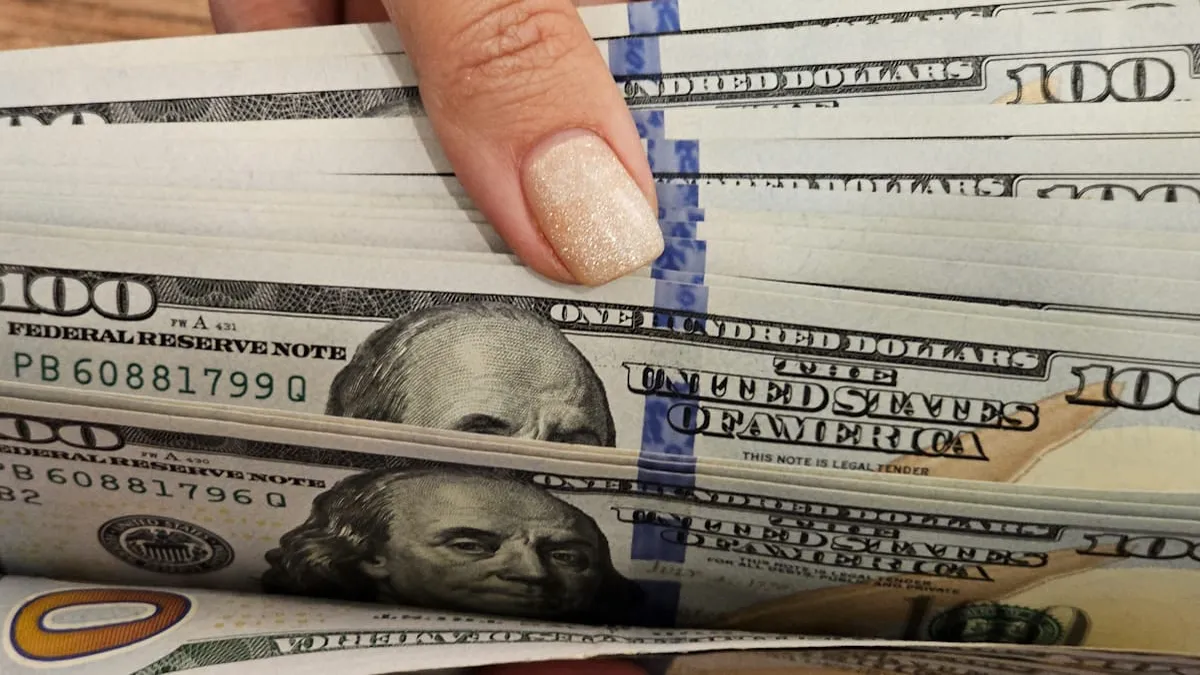The dollar reached a new nominal record: the government attributes this to seasonal factors, liquidity, and pre-election hedging.


The dollar closed July with a sharp rise of $55 on Thursday, reaching a new nominal record , despite the government's attempts to contain prices. For the month to date, the official exchange rate climbed 13%, a trend that was mirrored by the blue dollar, the MEP, and the cash with settlement (CCL).
At Banco Nación, the official dollar bill stood at $1,380 , representing an increase of $50 on the day (+4.15%) and $165 in July (+13.6%) . Meanwhile, the wholesale exchange rate closed at $1,373.75 , with a daily increase of $56.77 (+4.31%) and a monthly increase of $170 (+14%) .
The upward movement also extended to financial dollars. The MEP traded at $1,368.07 , up $45.71 (+3.5%) on the day and $157 (+12.8%) for the month. The CCL closed at $1,365.13 , with a daily increase of $45.13 (+3.4%) and a cumulative increase of $155 (+12.8%) .
On the informal market, the blue dollar climbed $15 to $1,335 , accumulating a monthly increase of $120 (+9.9%) . It was a tense close to the month for the foreign exchange market, with widespread increases and signs of pressure.
Among the reasons for the month's dynamics are lower agricultural liquidations , the adverse ruling on YPF in the US , increased demand for bonuses, the dismantling of LEFIs , and the closing of carry trade positions .
Added to these factors was the partial outcome of the last Treasury auction , where the government only achieved a 76% rollover , leaving $2.8 trillion pesos in the market. Although the new reserve requirements reduced the surplus to $1 trillion , part of those funds directly pressured the dollar.
The ruling party sought to reassure the public. Economy Minister Luis Caputo emphasized that the multilateral real exchange rate (ITCRM) is " almost 3% higher than in January 2023 " and stressed that the dollar's rise was not passed on to prices , which he considered " a dagger to the opposition ."
According to data from Portfolio Personal de Inversiones (PPI) , the ITCRM index rose 6.2% in July , driven by a 7.5% increase in the bilateral real exchange rate with the U.S. and a 5.9% increase with the rest of the trading partners.
For Fernando Baer , an economist at Quantum Finanzas , the dollar's rise reflects "a monetary realignment" following the end of positive currency seasonality. However, he warns that at these levels, the exchange rate " overreacted " and that, while the pass-through has been low, future pressure on prices cannot be ruled out .
He also explained that the Central Bank intervened in the futures market , selling contracts to contain expectations. This Thursday, the July contract expired, and market behavior will be key: if positions are rolled over, pressure will shift to the August contract; if they are closed, it could shift to the MEP.
Fernando Camusso , director of Rafaela Capital , warned that if the government needs to approve higher rates to contain issuance, pressure on the dollar could continue. " We are facing a process underway, but under control ," Baer stated.
For August, the outlook will depend on the official's ability to maintain the exchange rate within the announced ranges, without compromising the inflationary anchor. So far, the official narrative is betting that the imbalances are contained. But the market, clearly, remains cautious.
elintransigente





